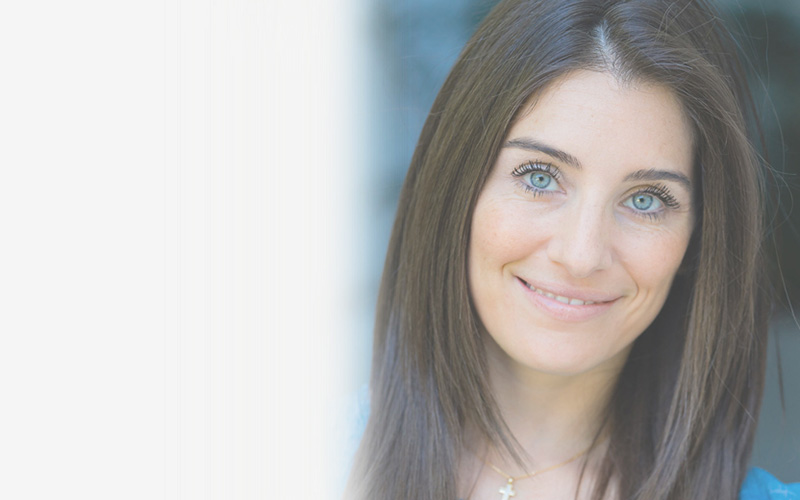A lisp is a very common speech impediment that occurs in both children and adults. Often times it begins when a child is first learning to speak. Some children may outgrow it as their speech develops, but most children need therapy to eliminate the lisp. Most researchers believe that therapy to correct a lisp should start at 4 years of age, while other researchers believe therapy should start at 6 years of age.
There are four different types of lisps.
Frontal and Interdental Lisps
Frontal or interdental lisps result when the tongue protrudes between the front teeth, and the /s/ or /z/ is produced like a /th/.
Dental lisp
Dental lisp occurs when the tongue pushes against the front teeth.
Lateral Lisp
Lateral lisp can sound wet or slushy. This is caused by the airflow around the tongue.
Palatal lisp
Palatal lisp occurs when the middle of the tongue touches the roof of the mouth during the production of the /s/ sound.
Lisps are common and can be corrected through speech therapy. It is important to treat the patient early, however, adults can also benefit from therapy if they have a lisp.




